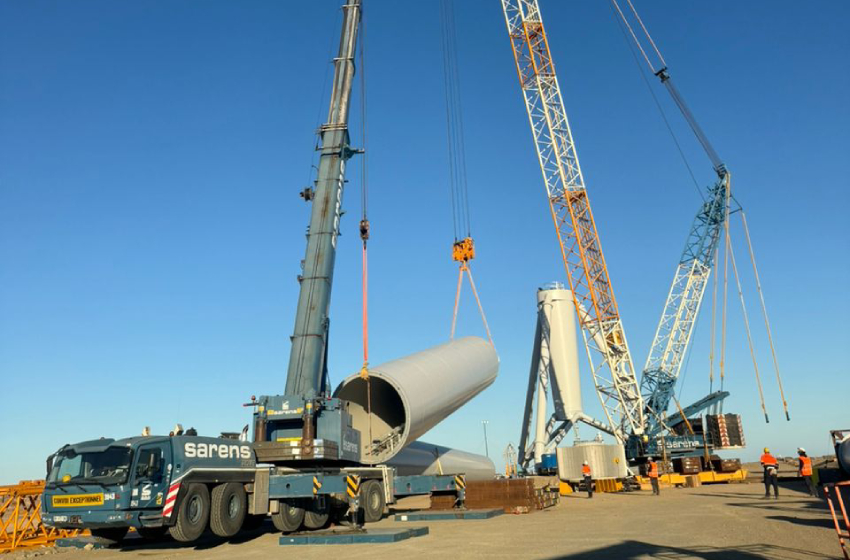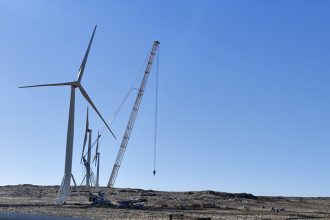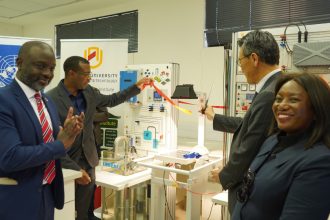Heavy lifting and crane rental services company Sarens, through its South African division Sarens Siba, is working on the installation of 125 t wind turbine generators (WTGs) for the first phase of the InnoVent Diaz onshore wind farm, with the second phase scheduled to start soon after.
The new InnoVent Diaz wind farm will be able to reach an energy capacity of 44 MW and will produce 230 GWh/y of renewable electricity once commissioned by the end of this year.
The facility, owned by InnoVent, is located near Lüderitz. Its estimated output represents about 6% of Namibia’s electricity demand, thereby avoiding the release of 200 000 t/y of CO2.
Sarens’ first interaction was a preliminary site visit and engineering services in 2020. The project is currently in execution with work being carried out on Diaz I, whereafter the Diaz II project will start.
Preliminary analysis of the facilities, orography, climatic conditions and other parameters defined the best equipment to carry out the lifting and installation of the wind turbines.
Following the study, it was decided to deploy cranes such as a 500 t crawler crane, and 500 t, 300 t and 130 t all-terrain cranes, along with 12 axles of K25 self-propelled modular transporters.
The crawler crane was selected owing to its limited footprint compared to other crane models, along with its lifting capacity and range of movements. This equipment had to be shipped to the site from various Sarens international business units.
The lifting and installation of the WTGs at the Diaz Wind Farm includes towers, rotors, nacelles, generators and blades, with weights ranging from 6 t to 90 t. For most of these jobs, CC 2500-1 and GMK 6300 cranes will be performing the lifting in tandem.
Namibia aims to produce 70% of its electricity from renewable sources by 2030. However, it currently imports 60% to 70% of its electricity, primarily from South Africa, where electricity is predominantly generated from coal. The InnoVent Diaz Wind Farm, when complete, is expected to generate 13% of the country’s total electricity production. Given Namibia’s primary reliance on coal for electricity generation, this initiative is projected to result in savings of 89.7-million kilograms of coal a year






